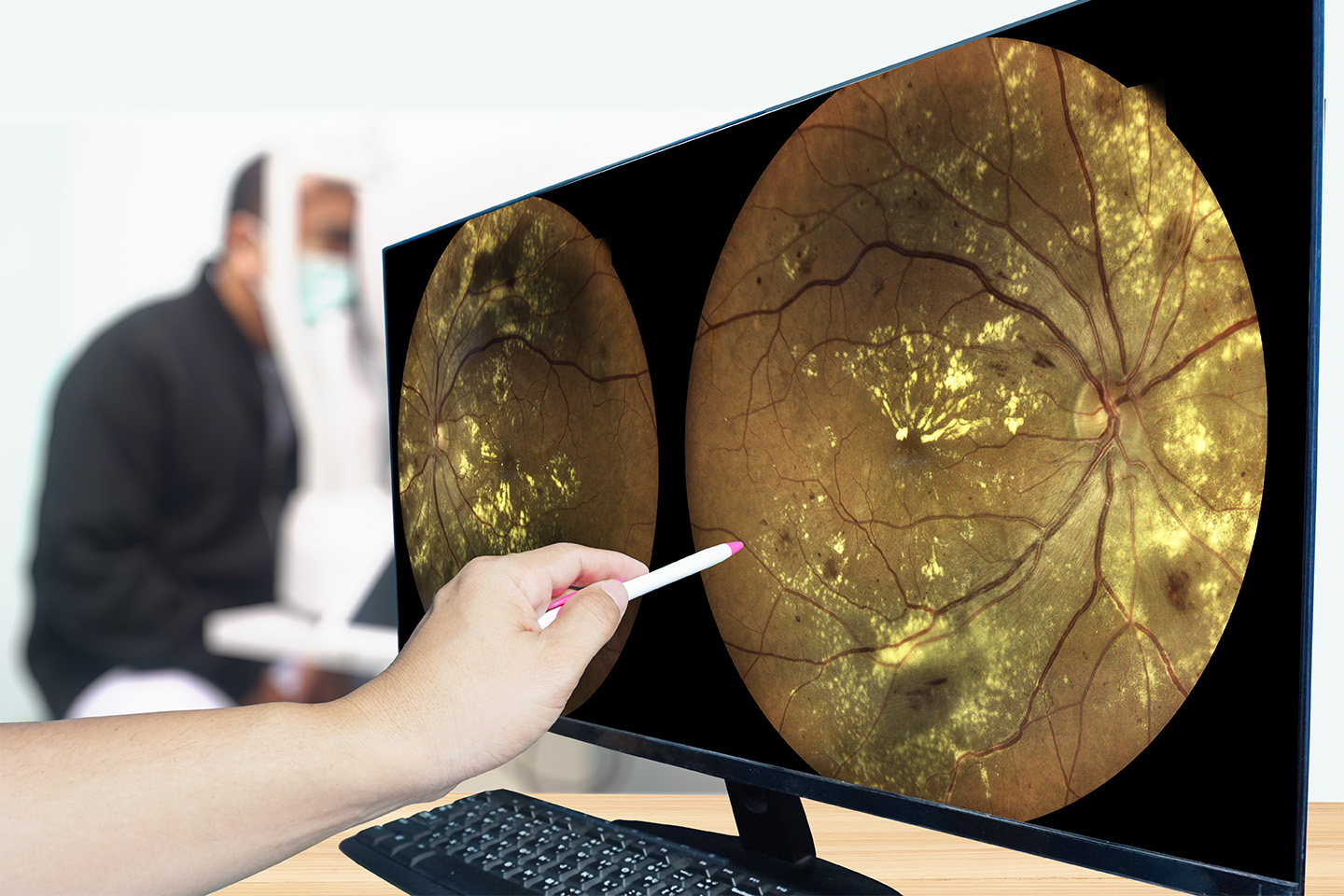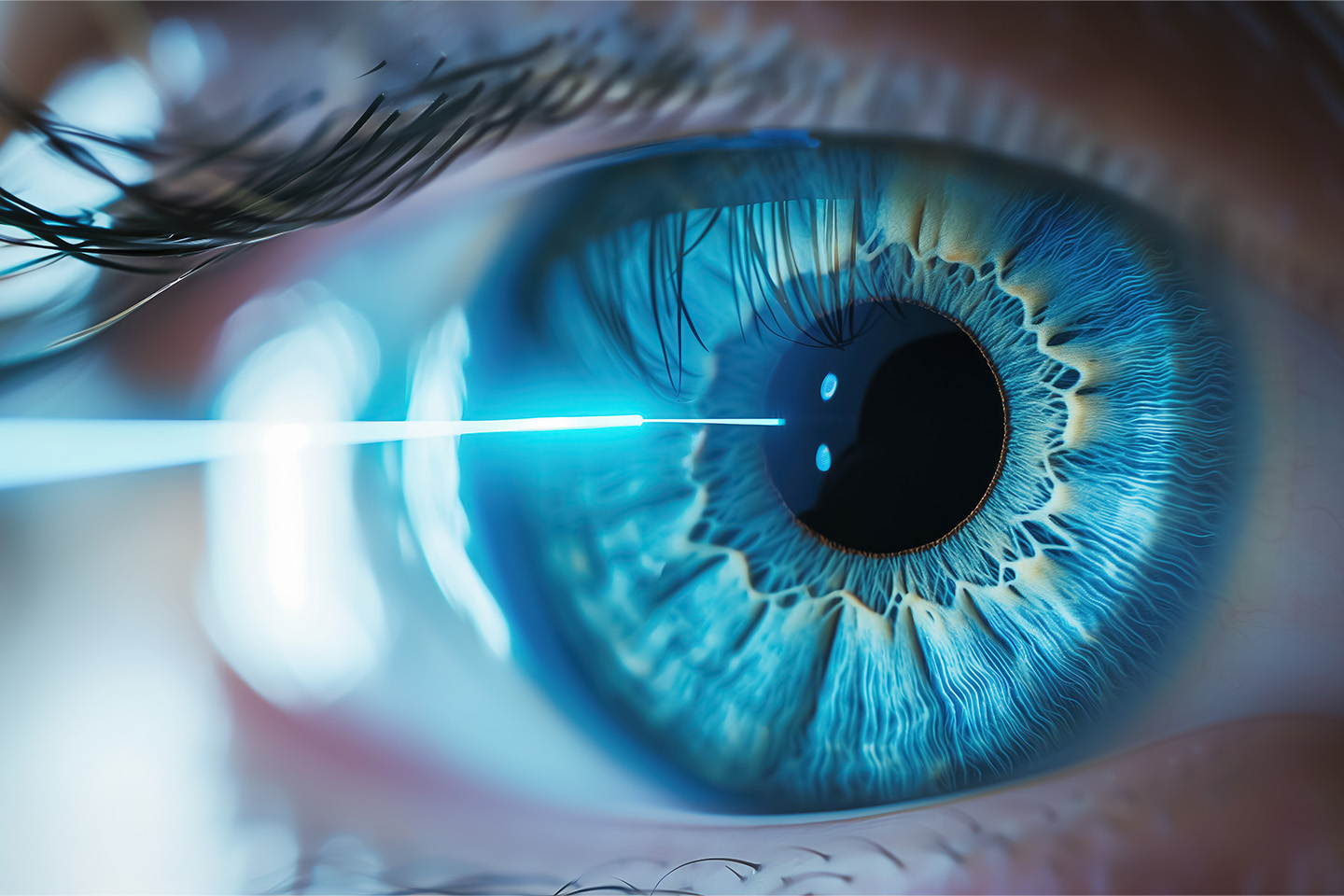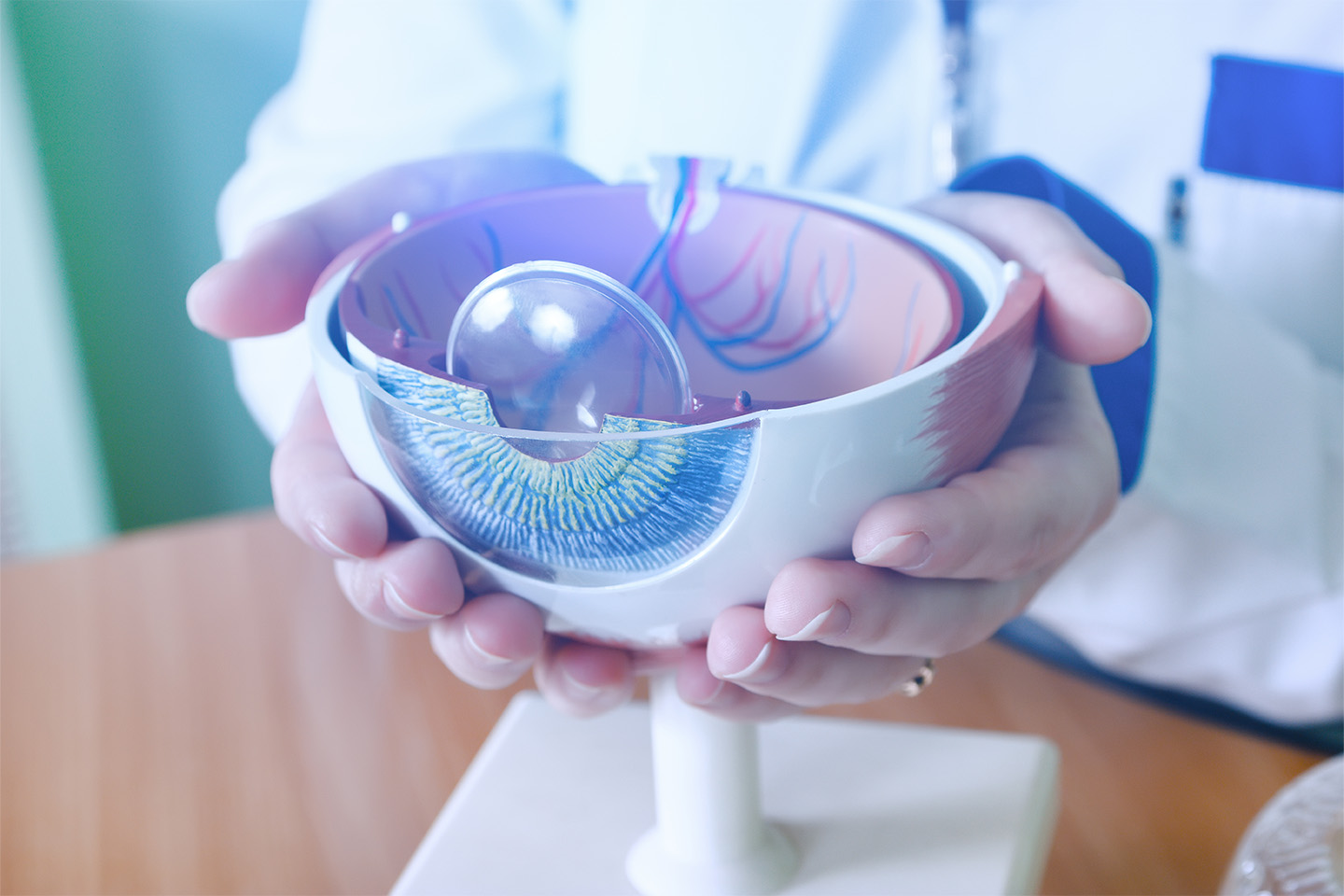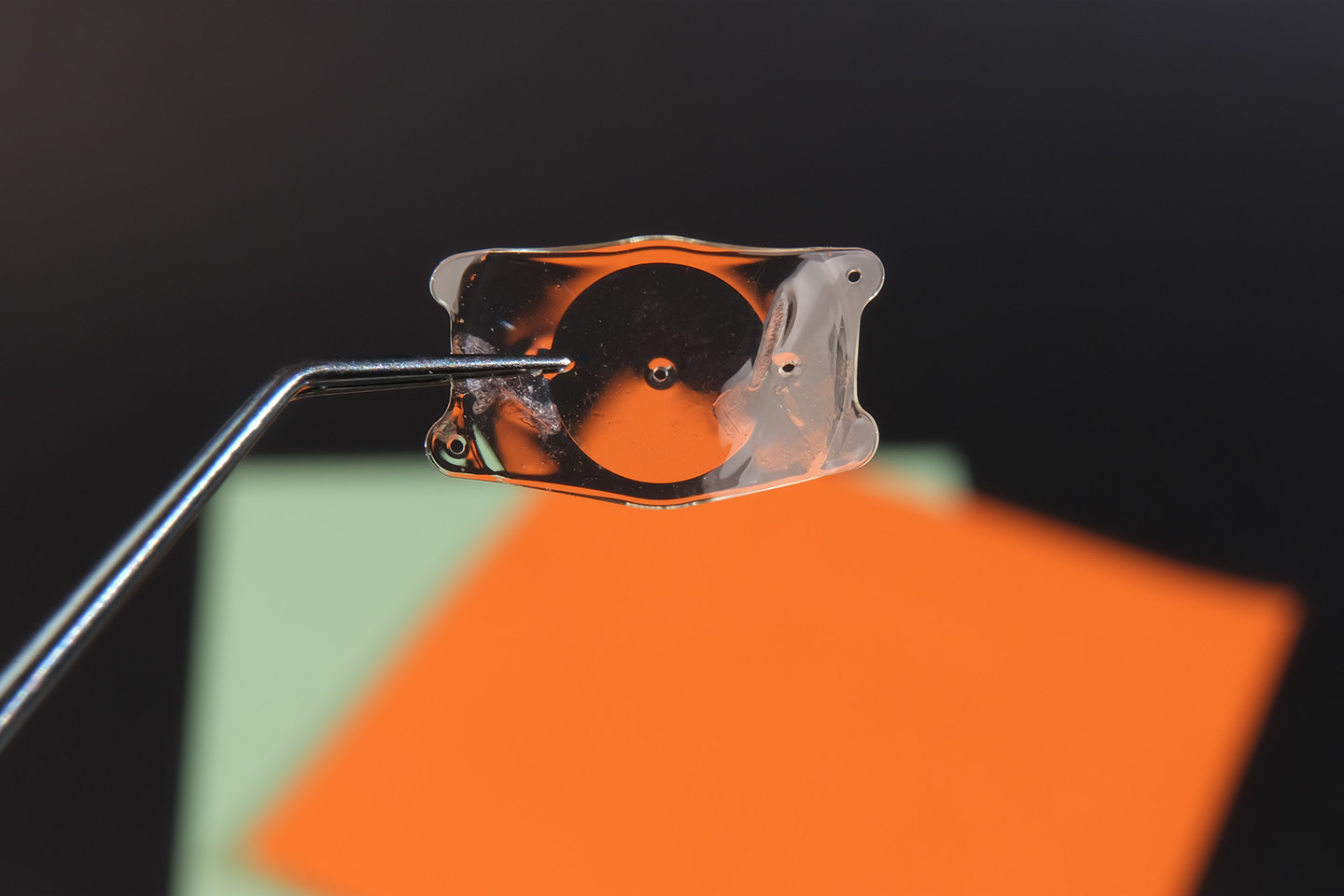Risks of LASIK

Lasers that ICON Eyecare owns and FDA Approval
In the United States, lasers are medical devices that are regulated by the Food and Drug Administration (FDA). The FDA requires lengthy trials before a laser is deemed to be “FDA Approved.” When a device (in this case the device is the LASIK laser itself) is FDA approved it does not mean that the device is perfect nor does it mean that surgical results are identical for every patient. What FDA Approval means is that the particular device can be used and marketed under the approved name and only for the treatment of the approved procedures. The “devices” (lasers) that ICON Eyecare’s surgeons use for surgery and what prescriptions they are approved for are discussed in detail below. The lasers include the Allegretto, NIDEK, VISX, and Intralase platforms. Each laser has its strengths and weaknesses which is why ICON owns so many different lasers. The goal is to provide the absolute best laser for your eyes. Below ICON Eyecare provides information on the lasers that it makes available for surgeons to utilize for laser vision correction and the risks that the FDA states are associated with each laser:
WaveLight Allegretto Wave Excimer Laser System manufactured by Alcon Laboratories, Inc.
Indications for use of the Allegretto:
- Up to +6.0 D of sphere with and without astigmatic refractive errors up to 5.0 D at the spectacle plane with a maximum manifest refraction spherical equivalent (MRSE) of +6.0 D;
- in patients 18 years of age with stable (.5) vision for at least one year prior to surgery.
Contraindications for use of the Allegretto:
- Pregnant or nursing women (you can’t get LASIK if you are pregnant or nursing in-part because hormones fluctuate);
- Patients with a diagnosed collagen vascular; autoimmune or immunodeficiency disease;
- Patients with diagnosed keratoconus or any clinical pictures suggestive of keratoconus; and patients who are taking one or both of the following medications: isotretinoin (Accutane®’ ); amiodarone hydrochloride (Cordarone®).
Nidek EC-5000 Excimer Laser System manufactured by NIDEK, INC
Indications (what it is approved for) of use for the Nidek:
- +0.5 to +5.0 D of sphere with or without astigmatic errors from +0.5 to +2.0 D at the spectacle plane with manifest refraction spherical equivalent of +5.0 D or less.
- Patients that are 21 years of age or older; and
- In patients with documented vision stability over the prior year not greater than plus or minus 0.5 D.
Contraindications (when it should not be used) for use of the Nidek EC-5000 include:
- Patients with collagen vascular, autoimmune or immunodeficiency diseases;
- Pregnant or nursing woman
- Patients with signs of keratoconus, or unstable central keratometry readings with irregular mires;
- Patients who are taking one of or both of the following medications: isotretinoin (Accutane) or amiodarone hydrochloride (Cordarone).
Star S4 IR Excimer Laser System with Variable Spot Scanning (Vss) and Wavescan Wavefront System by Visx, Inc.
Indications for use of the Star S4:
- For the reduction or elimination of myopia and myopic astigmatism;
- From -6.00 to -11.00 D MRSE, with cylinder between 0.00 and -3.00 D;
- in patients 21 years of age or older, and
- less than a 1.00 D (in both cylinder and sphere components) change in vision for at least one year prior to the pre-op consultation.
- 40 years or older (for monovision treatment),
- with myopic astigmatism up to -6.00 D MRSE, with cylinder uIP to -3.00 D, and minimum pre-operative myopia in their non-dominant eye at least as great as their targeted myopia,
- with documented evidence of a change in manifest refraction of no more than 0.50 D (in both cylinder and sphere components) for at least one year prior to the date of preoperative examination; and
- with a successful preoperative trial of monovision or history of monovision experience.
Star S4 Contraindications:
LASIK is not recommended on the S4 for patients with:
- Diabetes;
- A history of Herpes or herpes zoster keratitis;
- Significant dry eye that is unresponsive to treatment;
- Eyes that have a calculated stromal thickness that is less than 250 microns;
- Severe eye allergies.
General Risks of Getting LASIK Eye Surgery
The optometrists and surgeons at ICON Eyecare centers want every patient to be fully informed of the risks of LASIK surgery. Reviewing the risks of LASIK before your appointment is important to foster an intelligent discussion of treatment options with your eye doctor. Similarly, fully and accurately, completing the patient information and medical history questionnaire is important for your optometrist and or ophthalmologist to recommend the proper course of treatment.
The most commonly cited risks of LASIK and those noted by the FDA include:
- Changes in your prescription in the year leading up to LASIK
- Certain medications or conditions (Accutane)
- Certain eye conditions (glaucoma, herpes, etc)
- History of eye injury or previous eye surgery
Complications of LASIK eye surgery can include:
- Blurred vision
- Halos
- Dry eyes
- Starburst
- Double vision
- Infection
Contraindications (conditions that may not favor a positive surgical outcome) include:
- Dry eyes,
- Thin corneas,
- Large pupils
Additional issues with LASIK:
- You may not be fully corrected after surgery. This means you may need a “retouch” to refine your treatment.
- Vision correction could regress
- Your vision may be better after surgery but you could still need glasses or contacts after surgery.









